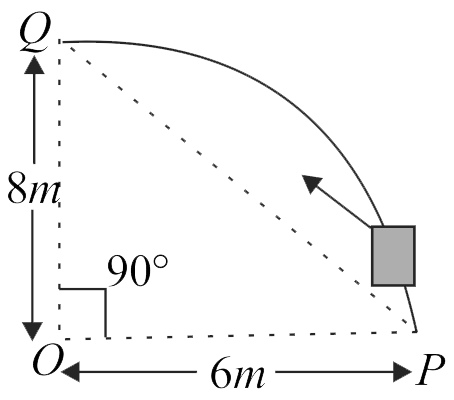355627
Consider an elliptically shaped rail
Assuming no frictional losses, the kinetic energy of the block when it reaches
The value of
(Take acceleration due to gravity 
355627
Consider an elliptically shaped rail
Assuming no frictional losses, the kinetic energy of the block when it reaches
The value of
(Take acceleration due to gravity 
355627
Consider an elliptically shaped rail
Assuming no frictional losses, the kinetic energy of the block when it reaches
The value of
(Take acceleration due to gravity 
355627
Consider an elliptically shaped rail
Assuming no frictional losses, the kinetic energy of the block when it reaches
The value of
(Take acceleration due to gravity 
355627
Consider an elliptically shaped rail
Assuming no frictional losses, the kinetic energy of the block when it reaches
The value of
(Take acceleration due to gravity 